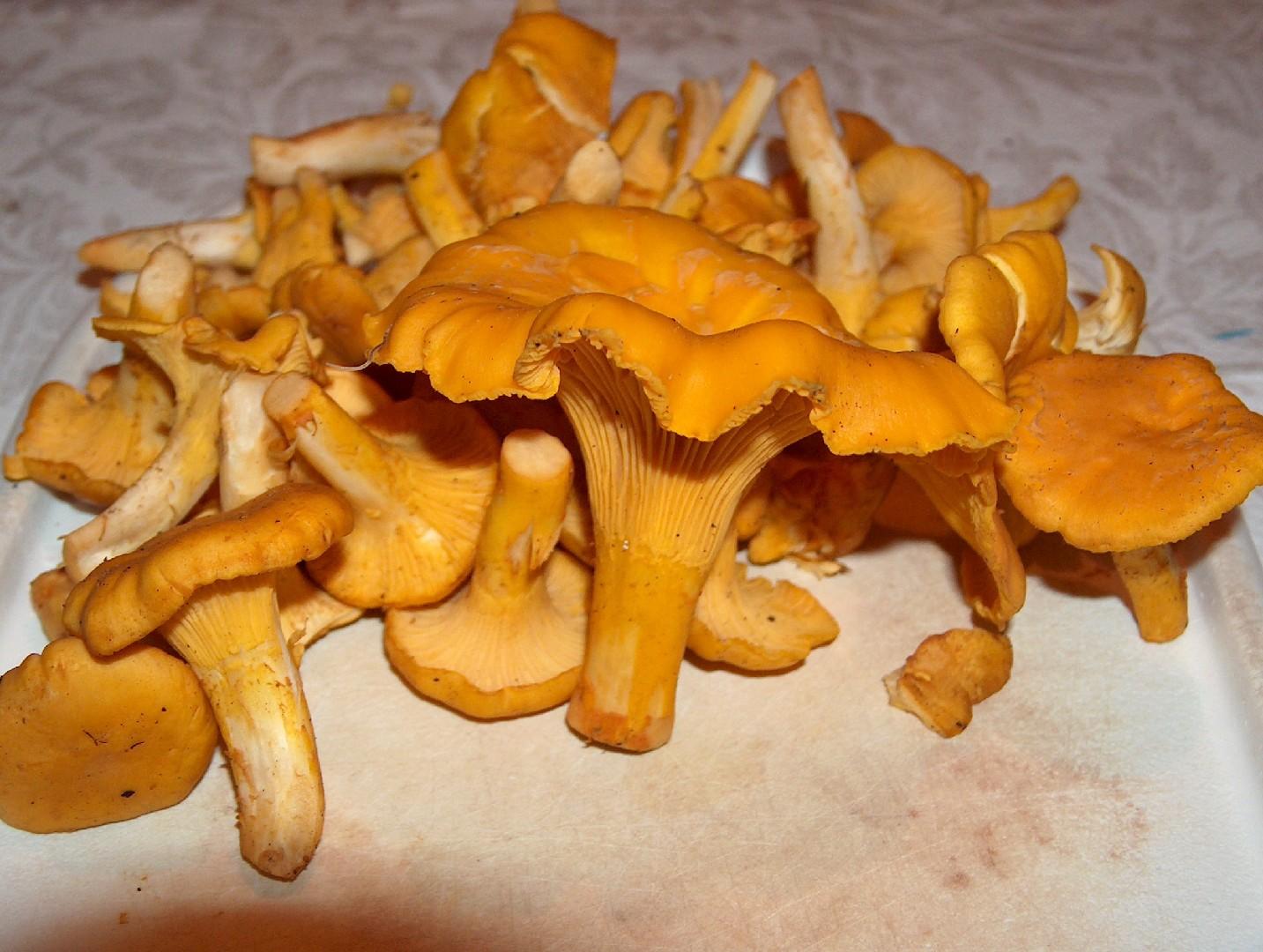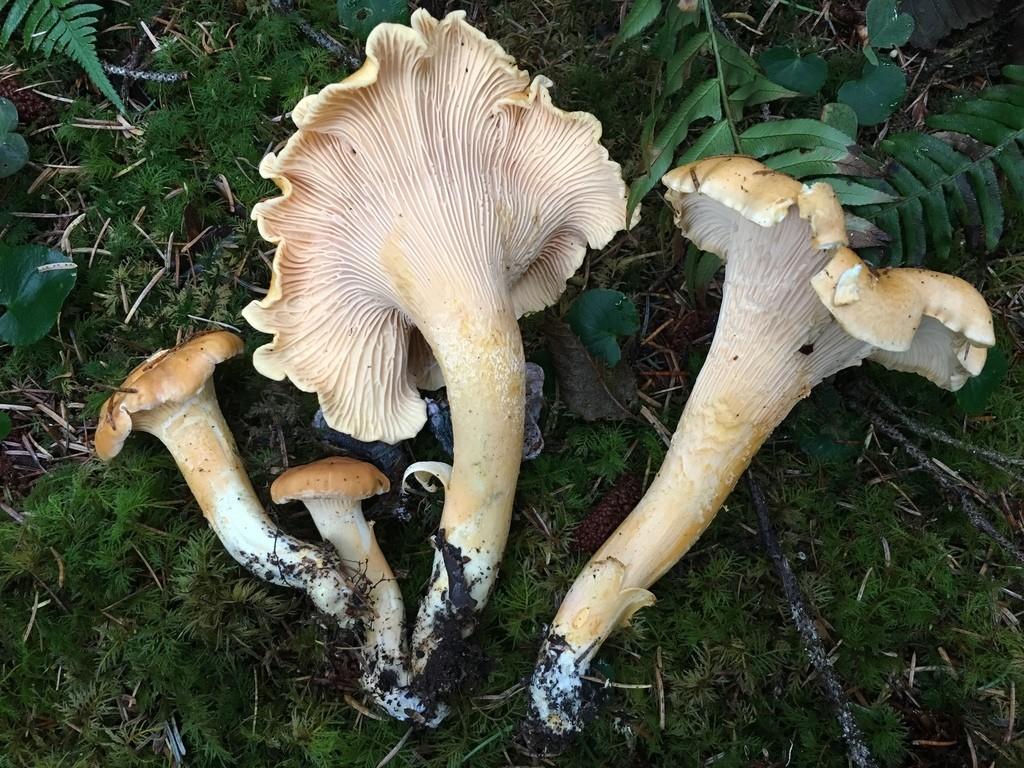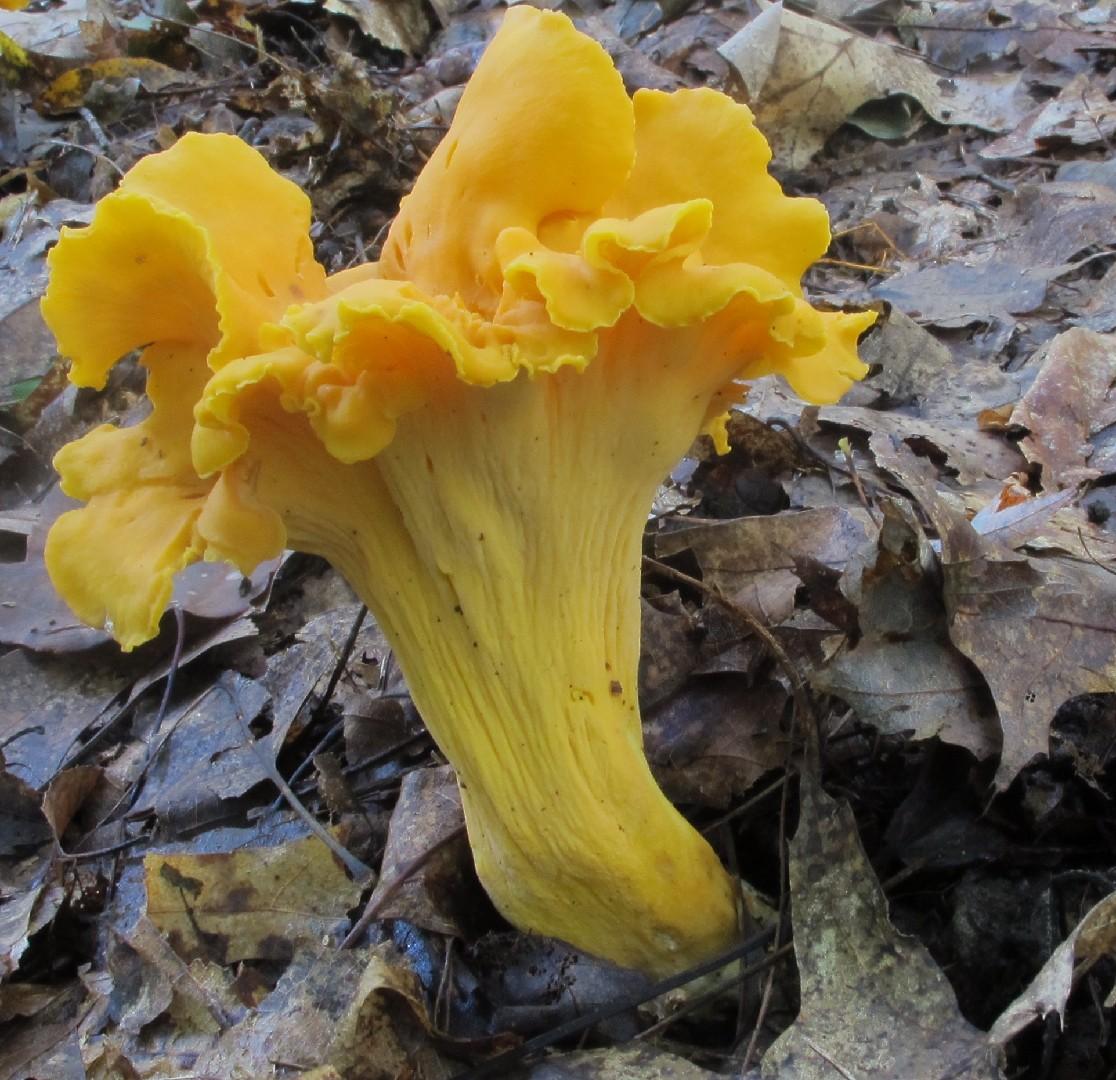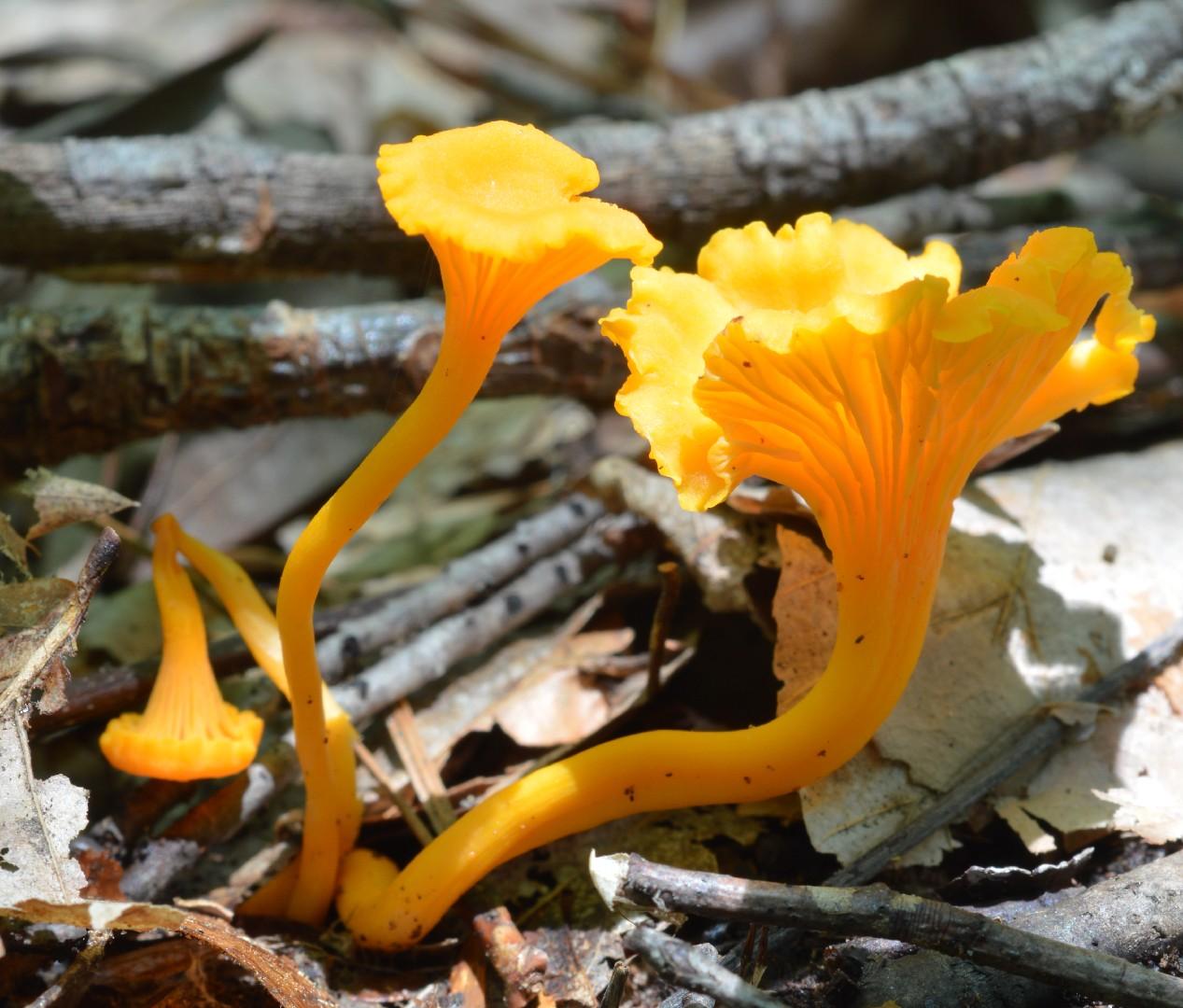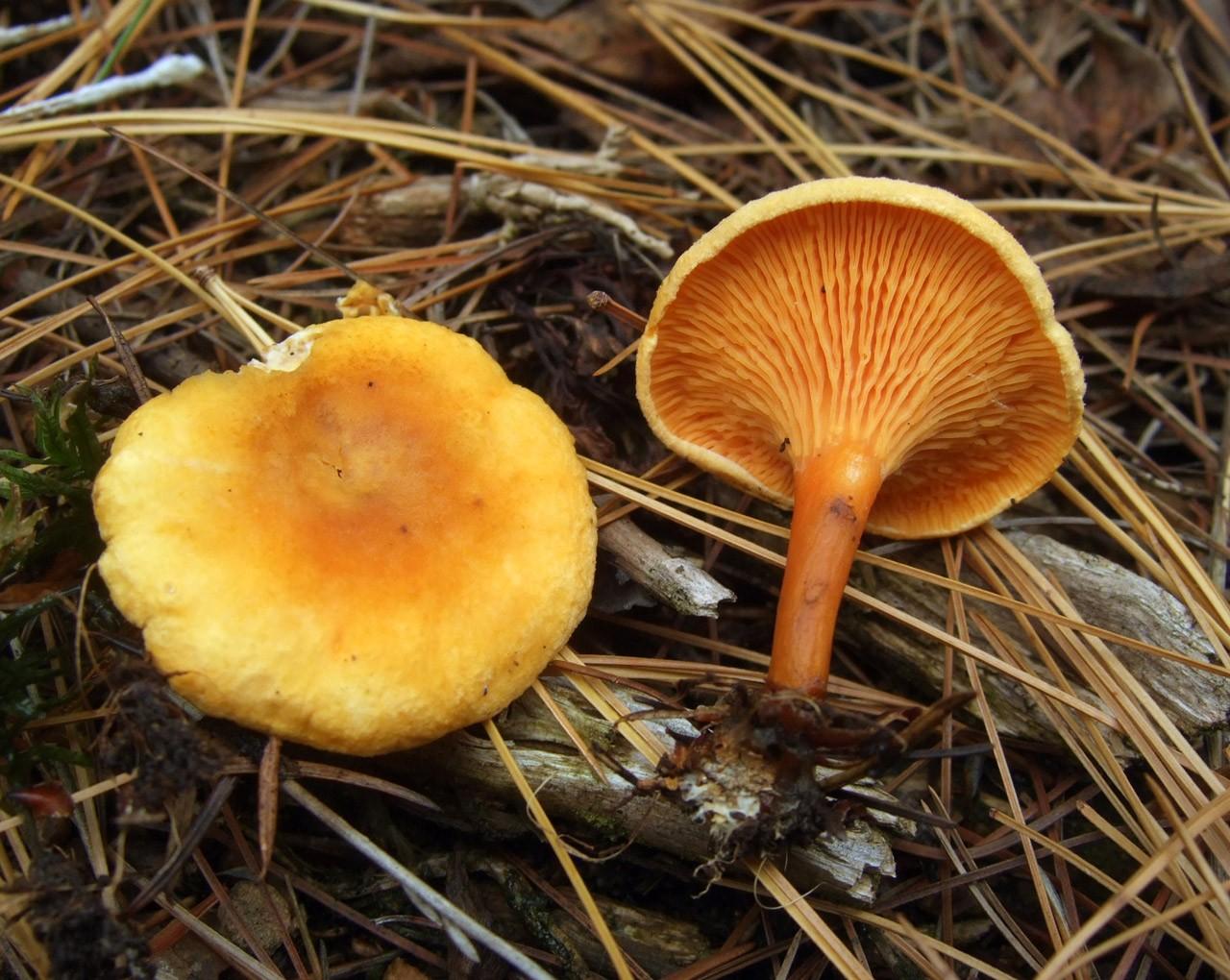

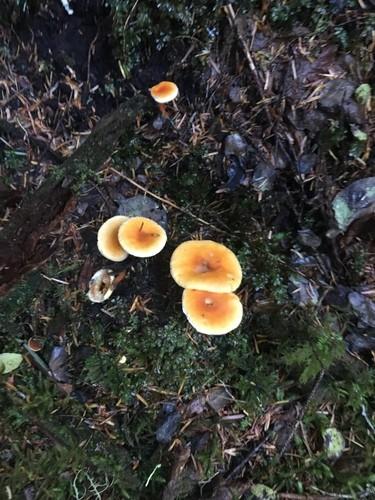
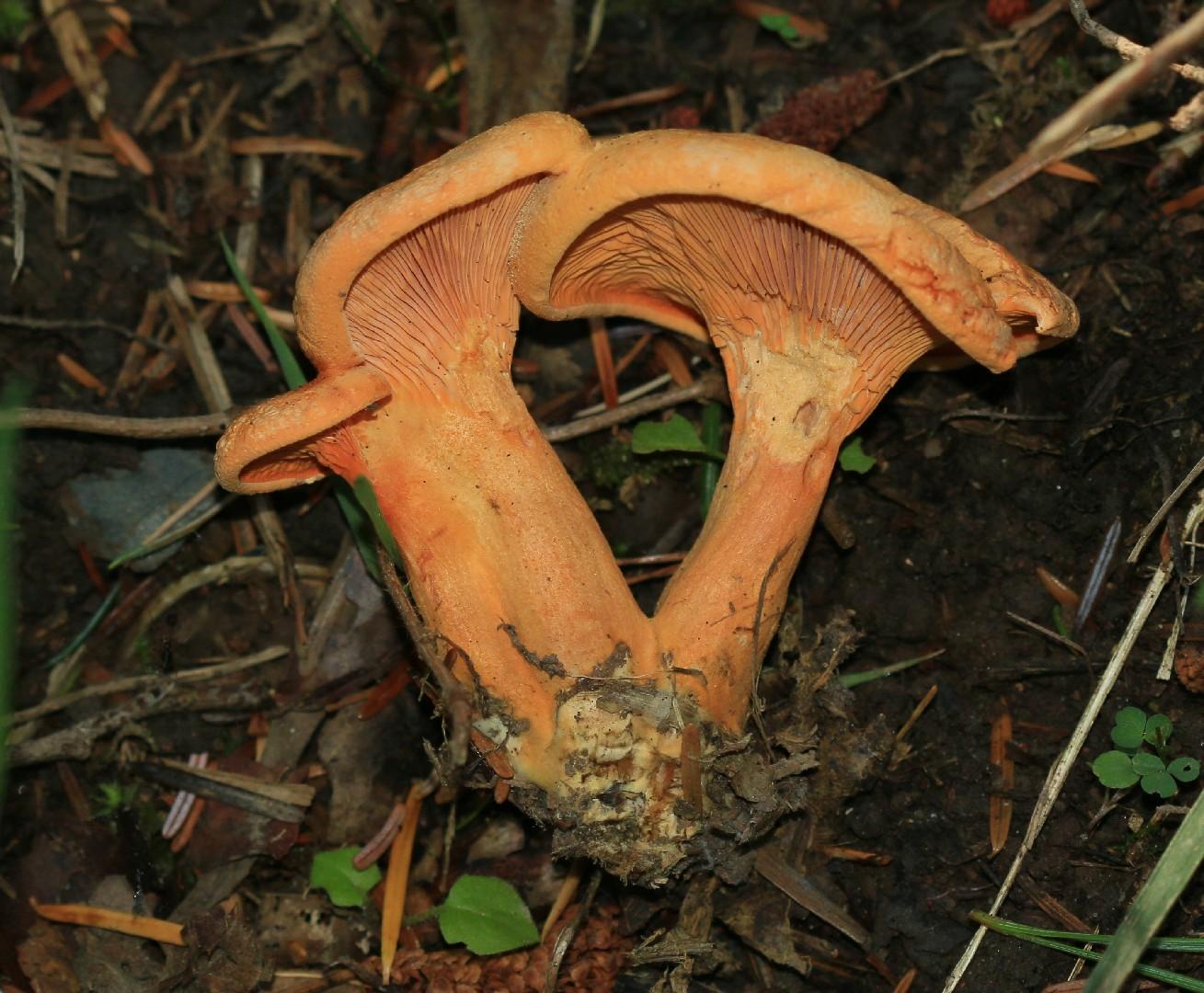
False chanterelle
Hygrophoropsis aurantiaca
A species of Hygrophoropsis.
This mushroom, often known by its common name, bears a striking resemblance to the highly valued and edible Chanterelle. However, unlike its desirable counterpart, this species is characterized by a bitter taste and has the potential to induce poisoning symptoms. Thriving across the northern hemisphere during the autumn and winter months, the False Chanterelle is typically found growing on coniferous debris, and surprisingly, tends to produce fruit more readily in dry conditions rather than the conventionally expected wet environment.
Attributes of False chanterelle
Scientific Classification of False chanterelle
Toxicity and Edibility of False chanterelle
Is False chanterelle Toxic?
The hazardous nature of false chanterelle is a contentious topic among specialists. Though not categorized as profoundly harmful, some people have documented experiencing altered perceptions and digestive issues subsequent to ingesting this variety. Furthermore, its resemblance to the venomous Omphalotus illudens poses a risk of misidentification.
